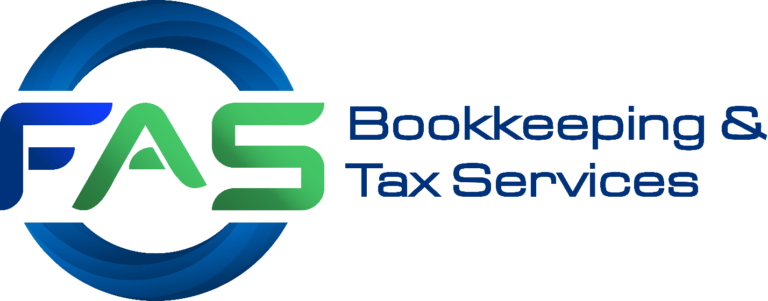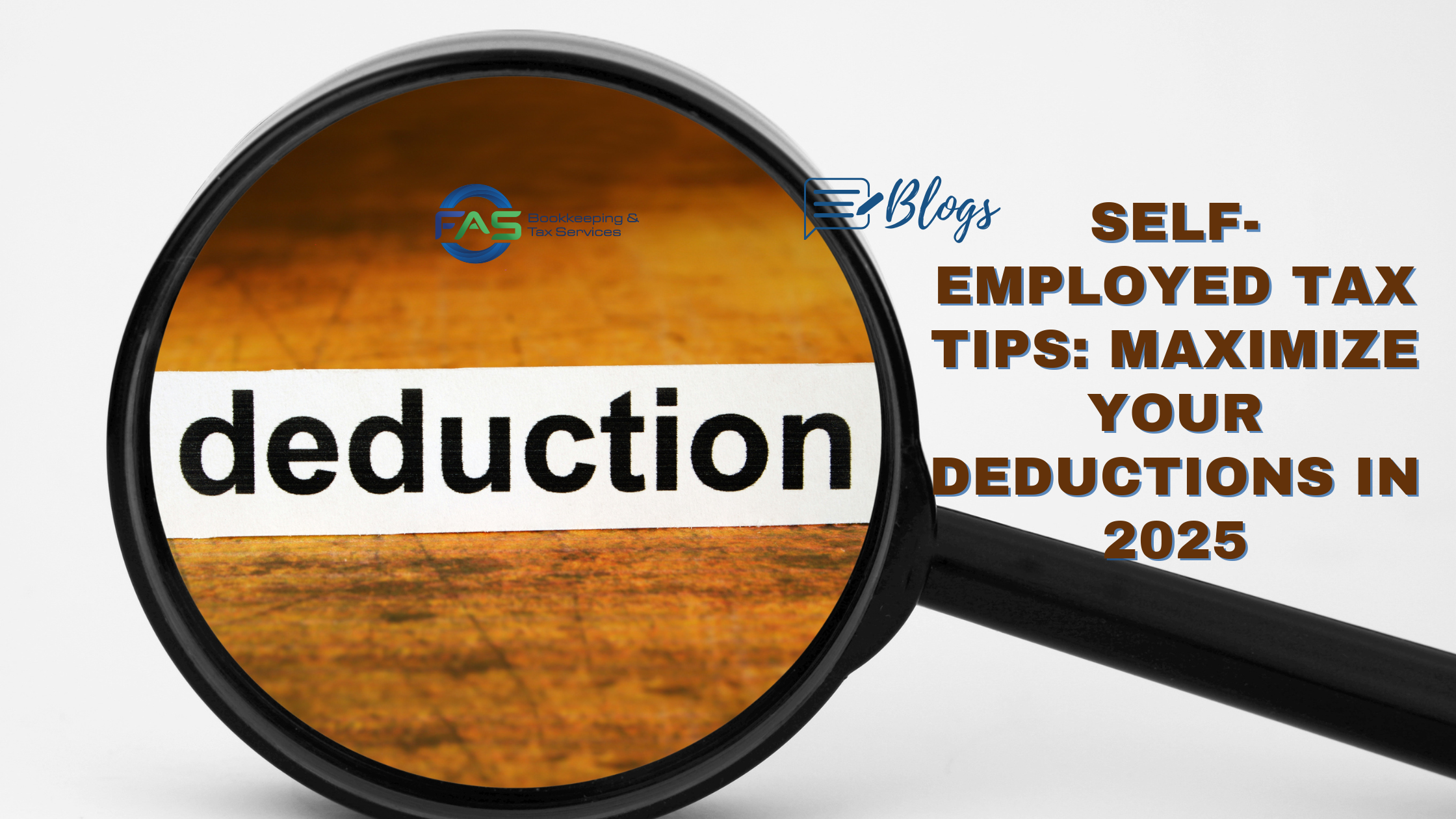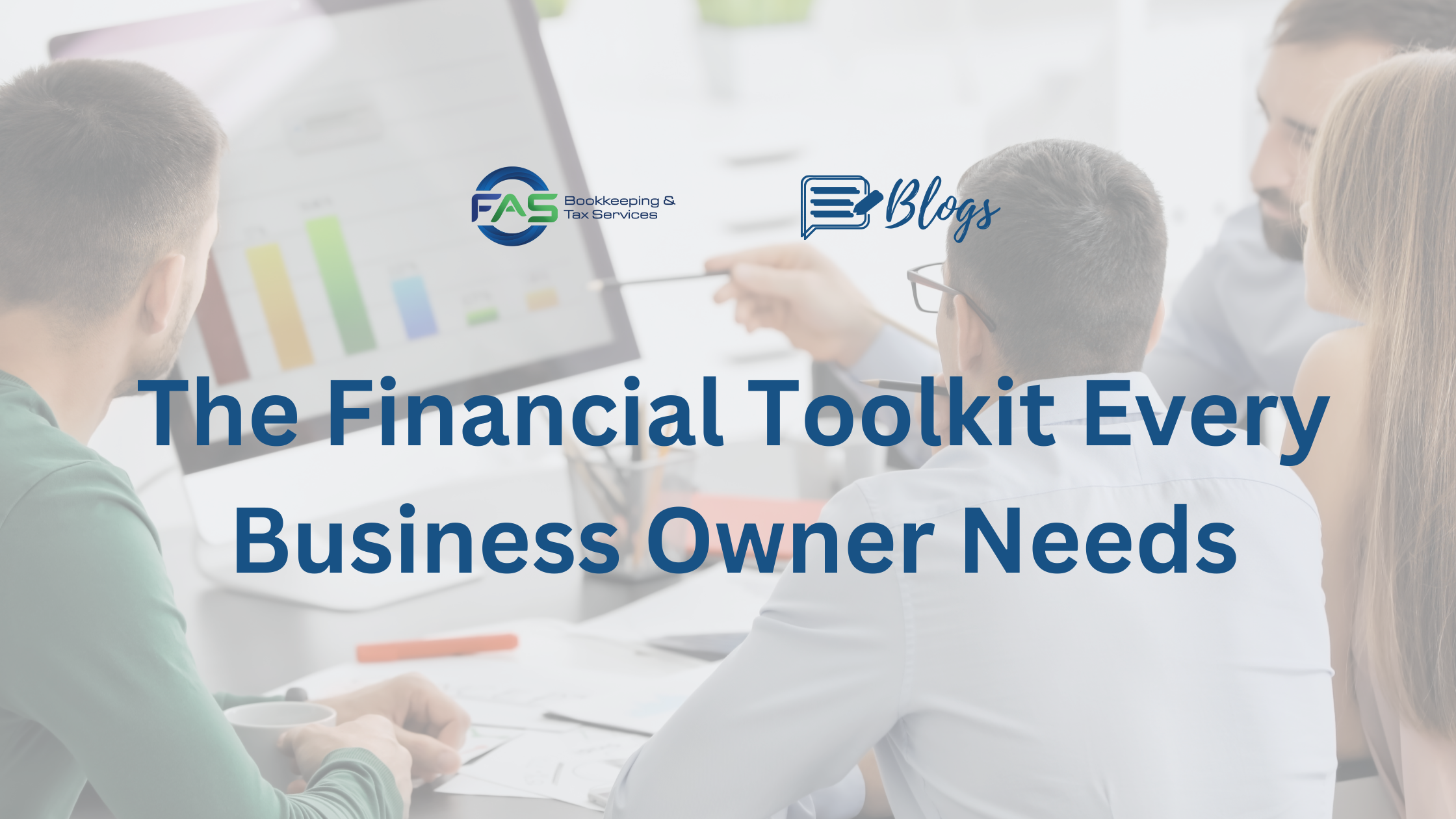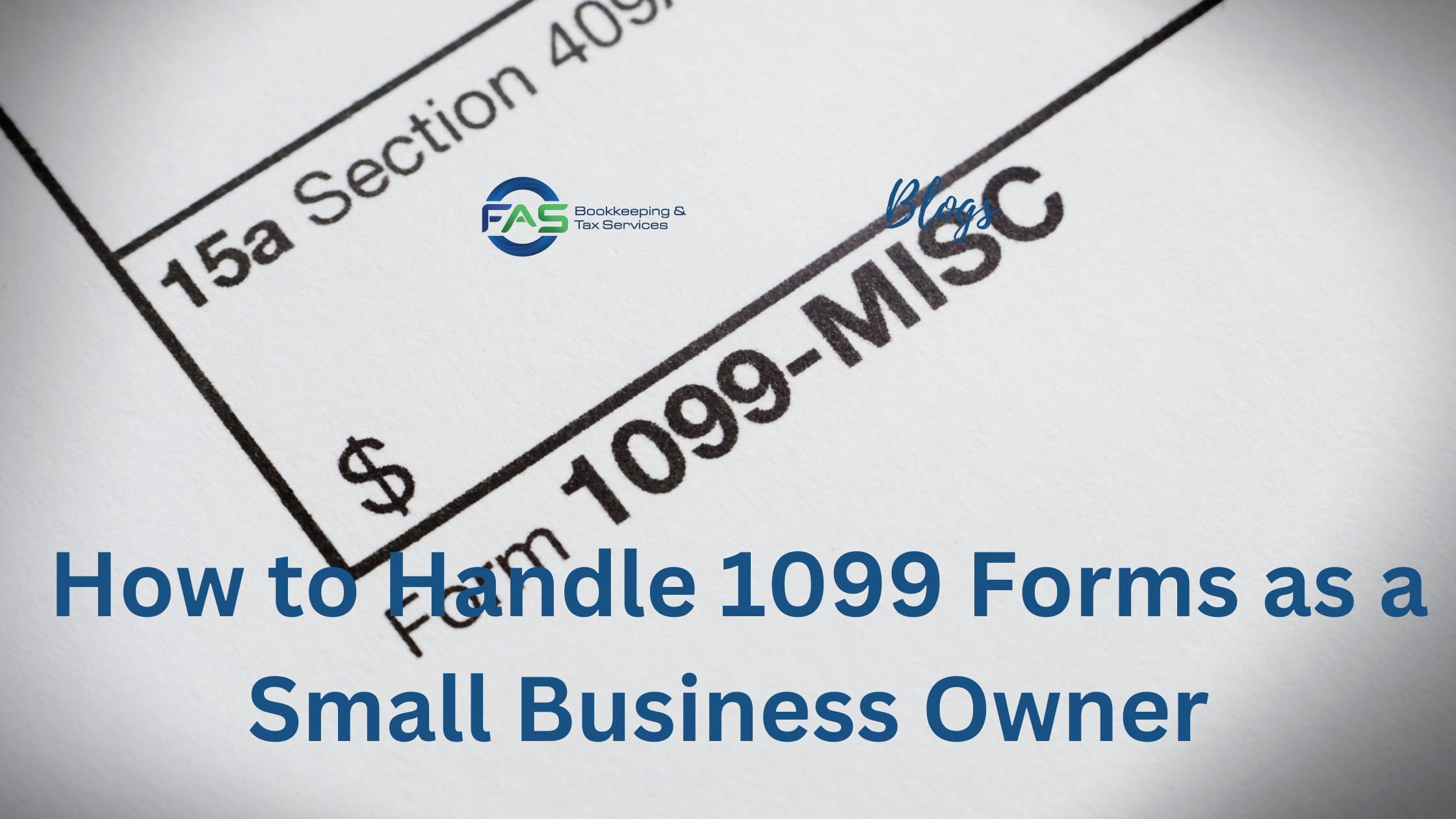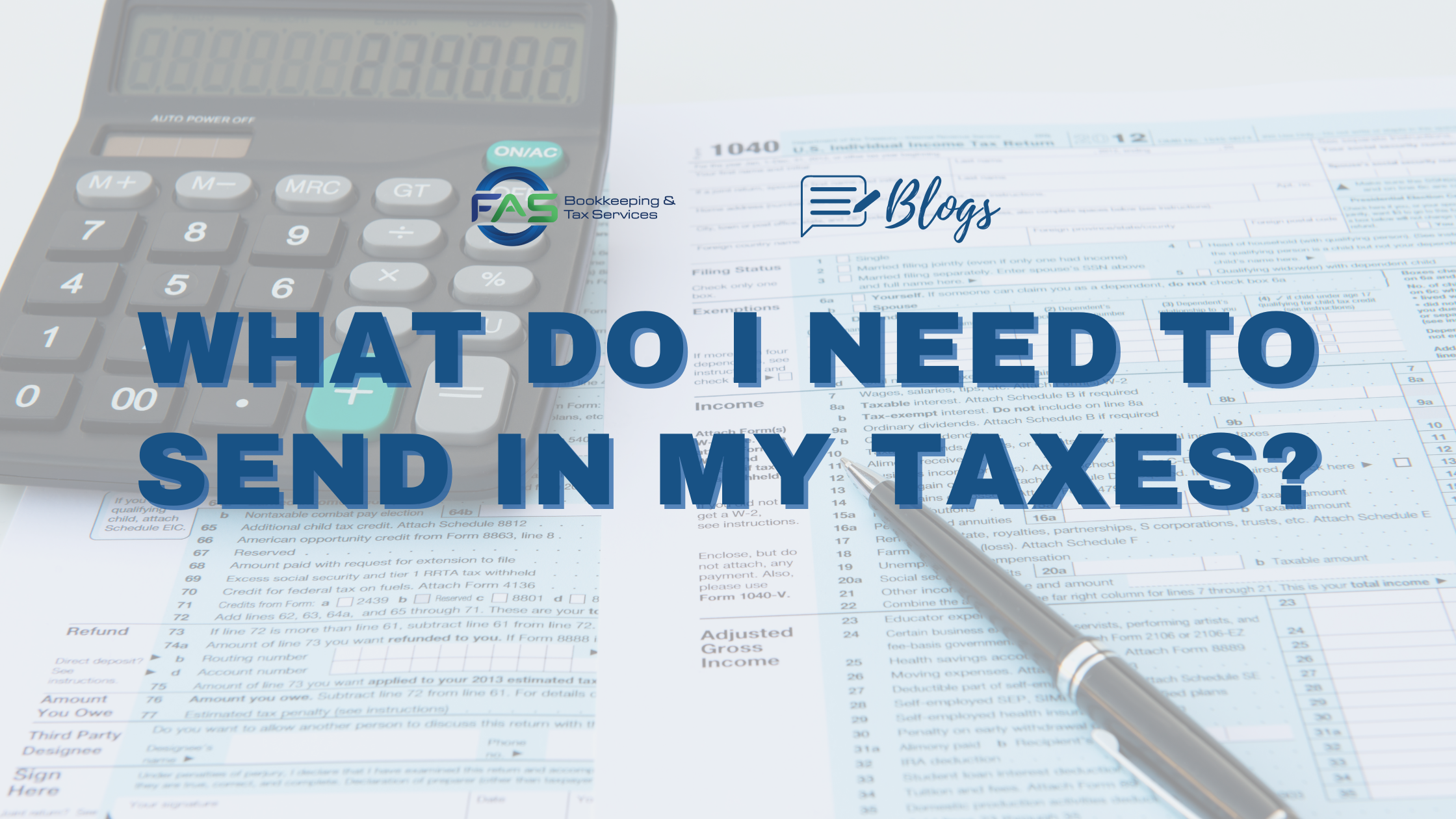What do I need to send in my taxes?
To send in your taxes, you’ll need to compile a variety of documents, some of which may be easy and quick to acquire, while others may prove to be a source of frustration and delay. Your attitude toward filing your taxes may change as your financial condition changes. Those who are single, do not own a home do not have investments, or who have more than one job can probably yawn through the filing process. However, those who are married, have a child living at home, own a home, are self-employed, or have more than one job will need to devote more time to the filing process.
In each of the last three cases, it will be necessary to compile a large number of records.
Income Documents
The IRS has a good idea of how much money you made last year; they simply need you to verify that number for them on their tax form. Generally, the person or entity who paid you more than $600 in a given year must disclose that payment to the IRS on Form 1099-MISC by January 31st of the following year. In the cases of royalty payments and broker commissions, that minimum is only $10. A copy of these forms should be sent to you so that you can file your taxes correctly.
Different types of income need filing different types of information returns. If you had a regular job, your employer or employers will send you a W-2 form. To the extent that you worked for more than one company during the year, you will receive one from each. The amount of income tax deducted from your paycheck and remitted to the IRS on your behalf is listed here.
If you were paid for work or services you provided as an independent contractor or single proprietor, the amount of such income will be detailed on IRS Form 1099-NEC.
There are also a few other kinds of 1099 forms. Depending on where your money comes from, you may need and receive any of these forms:
- The Form W-2 is for income from work.
- The Form W-2G is for winnings from gambling (dependent on the type of gambling, as well as the number of winnings and ratio of winnings to wager)
- Form 1099-NEC: Income earned as a contractor or in another non-employee role. Form 1099-MISC: Income earned from “miscellaneous” sources, such as royalties, broker payments, rents, prizes, a share of fishing boat proceeds, and awards.
- Canceled or forgiven debt is presented in Form 1099-C
- For Income from dividends, Form 1099-DIV is used
- Interest Income (Form 1099-INT)
- Form 1099-G: Money you got from the government, like unemployment benefits.
- Withdrawals of $10 or more from an employer-sponsored retirement plan are reported on Form 1099-R.
- Form SSA-1099: Income from Social Security
- Income from railroad retirement benefits is reported on Form RRB-1099.
Documents that back up tax breaks
It can be hard to figure out what documents you need to claim certain tax deductions. You should have been collecting them all year as you paid for different things.
You don’t have to give your receipts to the IRS unless you’re being audited, but you will need them to figure out how much you can claim for different deductions, and you should keep them just in case. If you decide to itemize (your itemized deductions are more than the standard deduction amount), you’ll need to know how much you spent on qualifying expenses. Donations to charities, state and local property and income taxes, medical expenses, and health insurance are examples of common itemized deductions.
Above-the-Line Adjustments to Income
You don’t have to itemize to claim above-the-line deductions, which are also called adjustments to income. You can claim these on Schedule 1 of your tax return, along with the standard deduction or the total of your itemized deductions. Most of the time, you’ll get a Form 1098 for these costs.
Two common types of 1098 forms are:
- Form 1098: For interest paid on a home loan that qualifies
- Form 1098-E: For student loan interest paid
Income from self-employment
Having 1099-NEC income as an independent contractor makes it even more important to keep your receipts. If this is the case, you can deduct many of your business expenses on Schedule C if they are “normal and necessary” to running your business. Again, you don’t have to send these records to the IRS, but you’ll need proof of them when you fill out your Schedule C.
Documents needed to get tax credits
Tax credits are better than tax deductions because they reduce what you owe the IRS directly. Tax deductions, on the other hand, only lower your taxable income.
Some tax credits, especially those for education, require that you get a Form 1098 for the paid expenses. You’ll want to keep detailed records of what you spend before tax time so you can claim other credits. Some tax credits are based on your tax return and proof of your income.
Some of the most well-known individual tax credits for the 2021 tax year are the following:
- Adoption credit: You can get a tax break for some of the costs you paid to adopt a child who qualifies.
- American opportunity and lifetime learning credit: For qualified education costs for you, your spouse, or your dependents, Form 1098-T will be sent to you and the IRS.
- Child and dependent care credit: If you paid someone else to take care of your child or disabled dependent so you could work, look for a job, or go to school, you can get a tax credit. You’ll need the care provider’s tax ID number or Social Security number.
- Child tax credit and other dependents’ tax credits: For each person you can list as a dependent on your tax return, you can get a credit.
- Credit for people over 65 or with disabilities: For people over 65 or who retired because of a permanent or total disability
- Earned income tax credit: For low-income taxpayers (income limits apply)
- Recovery rebate credit: money you were supposed to get from economic stimulus payments in 2021 but didn’t.
- Saver’s credit: For money put into retirement plans that qualify.
What You Should Give Your Tax Preparer at Tax Time
Whether you handle your own taxes or hire a professional, you’ll need all this data and proof. However, when consulting a professional, you’ll need to bring all relevant materials to your appointment or compile them in advance to send via fax or electronic means. If this is your first time working with a tax pro, you’ll also need to gather a few extra pieces of information.
Provide your tax preparer with full names, birth dates, and marriage dates for both you and your spouse (if you are married) and any qualified dependents. You’ll need a Social Security card for this, however, a copy of your most recent tax return will usually be enough. If you didn’t have any dependents at the time, this will be the only place you need to look for their details.
You won’t need to bring all this information if you’re working with the same professional who did your last year’s income tax return. Everything they need will be within easy reach.
If you don’t have your tax return from last year, you’ll need to provide your social security number, date of birth, and the dates of birth for yourself, your spouse, and any dependents. If you want your refund deposited directly into your bank account, provide your bank’s account and routing numbers. Remember to include any new paperwork that verifies a change, like a mortgage statement if you bought a house in the past year.
If your tax position is complex and requires a considerable quantity of documentation, obtaining and arranging this information may seem like a lot of work, but it will be well worth your time.
Need Help in Filing Your Taxes?
Don’t worry, we’ll be there to assist you. Send an email to admin@fas-accountingsolutions.com or give us a ring at 713-855-8035 if you need to get in touch.

